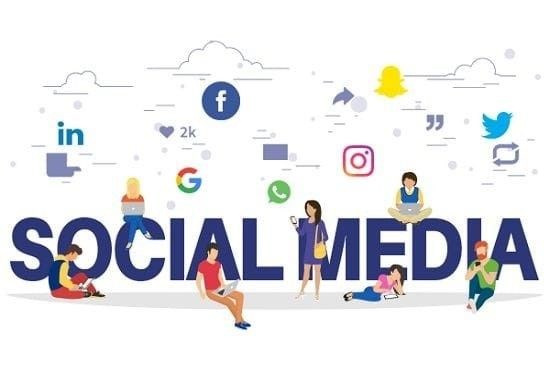Search here

29-May-2025 , Updated on 8/17/2025 11:06:58 PM
Is Social Media Designed to Be Addictive, and What Can We Do?
Social Media’s Addictive Design
The second is that these are social media platforms that are intentionally designed to be addictive. With the use of psychological triggers such as infinite scrolling, push notifications and content personalization, features like infinite scrolling, push notifications and content personalization hold the users long enough. Said tactics are simply the gambling mechanisms masquerading as dopamine driven feedback loops. The objective is obvious: Do everything you can to extend the length of time your screens are on which increases your ad revenue. Ignoring how these designs are programmed to manipulate your behavior, users underestimate and compulsively use them. Seeing these strategies is the first thing on the road to taking back control of digital habits.
The Role of Algorithmic Manipulation
It’s algorithms that use content to prey on human vulnerabilities and prioritisation of sensational or emotionally charged posts. Platforms dissect user behaviour and act accordingly in order to provide content that triggers engagement from their users. As a result we have echo chambers that serve users repetitive, addictive content. Because these algorithms are less transparent, it’s harder to resist their pull. But to break free, it requires deliberately diversifying that content consumption and limiting how much it is exposed to manipulative feeds.
Psychological and Social Consequences
Social media use causes excessive anxiety, depression and low self esteem in younger users. Constant comparison to curated online personas distorts reality, creating dissonance and unhappiness. These platforms are very addictive and they disrupt sleep, productivity and real world relationships. Social media is good in terms of connecting people, but it's addictive design isolates people. To address these harms requires both personal discipline and changes to system design of the platforms.
Steps to Mitigate Addiction
Starting to reduce social media addiction is done with small, actionable steps. By turning off notifications, setting usage limits and curating my feeds to focus on important content, great things happen. Digital detoxes and choosing designated screen free times help reinforce better habits. Nor should platforms be left off the hook: We would also push for ethical designs such as disabling autoplay or allowing for the provision of usage dashboards. Actions at the individual level and advocacy for regulatory change, can attack social media’s addictive hold.
Demanding Accountability from Platforms
Social media companies must be policed to make them social media again. Algorithms should be transparent and exploitative features should be limited. The awareness campaigns allow the users to know what manipulation tactics to watch out for. Until corporations choose user well being over profits, this will never end. Platforms can be made to take healthier design through collective pressure—through policy and through consumer choices. To change, there is personal responsibility and there is reform of the system.

Content Writer
Hi, I’m Meet Patel, a B.Com graduate and passionate content writer skilled in crafting engaging, impactful content for blogs, social media, and marketing.
Comments
Join Our Newsletter
Subscribe to our newsletter to receive emails about new views posts, releases and updates.
Copyright 2010 - 2025 MindStick Software Pvt. Ltd. All Rights Reserved Privacy Policy | Terms & Conditions | Cookie Policy